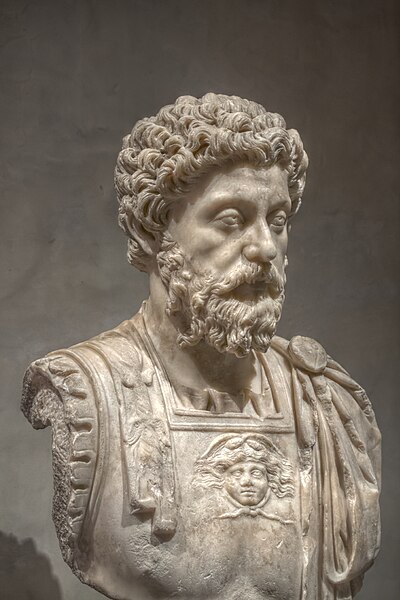A waqf, also called a ḥabs, or mortmain property, is an inalienable charitable endowment under Islamic law. It typically involves donating a building, plot of land or other assets for Muslim religious or charitable purposes with no intention of reclaiming the assets. A charitable trust may hold the donated assets. The person making such dedication is known as a waqif ('donor') who uses a mutawalli ('trustee') to manage the property in exchange for a share of the revenues it generates. In Ottoman Turkish law, and later under the British Mandate of Palestine, a waqf was defined as usufruct state land from which the state revenues are assured to pious foundations. It allows the state to provide social services in accordance with Islamic law while contributing to the preservation of cultural and historical sites. Although the waqf system depended on several hadiths and presented elements similar to practices from pre-Islamic cultures, it seems that the specific full-fledged Islamic legal form of endowment called waqf dates from the 9th century AD.

Endowment Deed of Mihrimah Sultan. This document concerns the endowment of properties in Anatolia and Rumelia, from which revenues were used to meet the expenses of the Mihrimah Sultan Mosque complex. April–March 1550. Sadberk Hanım Museum
Waqf Writing Room in Mevlana Museum
Uthman waqf (Medina)
Endowment Charter (Waqfiyya) of Hürrem Sultan. The deed mentioned the buildings known from later sources as the Haseki Hürrem Sultan Mosque, Madrasa and Imaret (soup-kitchen), and contain a detailed explanation as to how expenditures will be made to take care of the endowment's operations, such as the care and cleaning of the buildings, the salaries of the people who worked in them, and so forth. AD 1556-1557 (AH 964). Museum of Turkish and Islamic Arts
A financial endowment is a legal structure for managing, and in many cases indefinitely perpetuating, a pool of financial, real estate, or other investments for a specific purpose according to the will of its founders and donors. Endowments are often structured so that the inflation-adjusted principal or "corpus" value is kept intact, while a portion of the fund can be spent each year, utilizing a prudent spending policy.
Engraving of Harvard College by Paul Revere, 1767. Harvard University's endowment was valued at $53.2 billion as of 2021[update].
The Bill and Melinda Gates Foundation headquarters complex in Seattle as seen from the Space Needle
Marcus Aurelius, the Stoic Roman emperor who created the first endowed chair professorships
Ford Foundation Building in New York. In 2014, The Ford Foundation reported assets of US$12.4 billion and approved US$507.9 million in grants.





![Engraving of Harvard College by Paul Revere, 1767. Harvard University's endowment was valued at $53.2 billion as of 2021[update].](https://upload.wikimedia.org/wikipedia/commons/thumb/5/53/A_Westerly_View_of_the_Colledges_in_Cambridge_New_England_by_Paul_Revere.jpeg/640px-A_Westerly_View_of_the_Colledges_in_Cambridge_New_England_by_Paul_Revere.jpeg)


